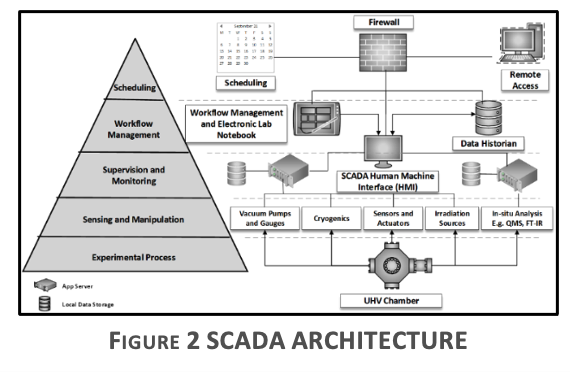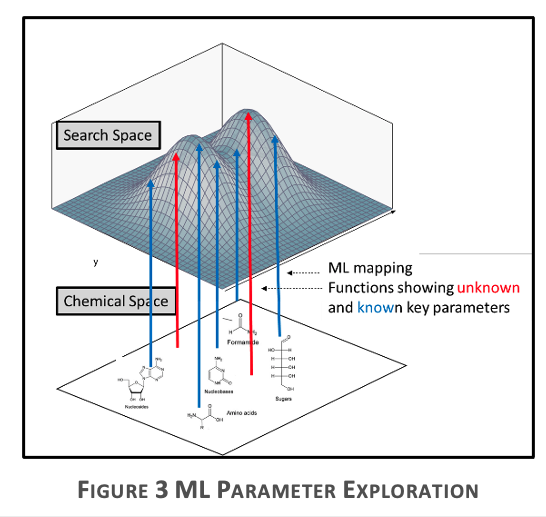
Investigating Prebiotic Chemistry in the ISM.
To mimic the conditions of early earth and the interstellar medium (ISM), laboratory based astrochemical and planetary studies typically involve the irradiation of ice/grain/minerals/molecules with energetic sources, such as ion beams, electrons and photons, and the resultant chemistry is monitored in-situ using FT-IR (Fourier transform infrared spectroscopy), QMS (quadrupole mass spectrometry) and ex-situ using a range of chromatographic, spectrophotometric and spectrometric technique. The facility, based at University of Kent, will be known as KEEPS (Kent Early Earth and Planetary System) is part of a wider European Consortium (Europlanet) strategy. The objective is to build a facility that provides the ability to control, orchestrate and analyse, representative conditions experienced in early Earth, planetary, exoplanetary and ISM conditions.
The projects has two main objectives; the design, build and commissioning of a SCADA (Supervisory Control and Data Acquisition) system to control KEEPS and secondly, the development of the necessary machine learning algorithms to explore the parameter space associated with the prebiotic chemistry in the ISM.
Background
Within planetary, exo-planetary and ISM environments, Complex Organic Molecules (COMs) form from the energetic processing of on ice/grain mantles/minerals/molecules resulting in an emerging chemical complexity leading to molecules of biological interest. One energetic technique is to produce ions that mimic cosmic rays and are relevant for planetary and astrochemistry conditions. Typically H+ and He+ are used and can be generated by using an ECRIS (Electron Cyclotron Resonance Ion Source). An ECRIS produces lower-energy, highly charged ions through the microwave heating of gases, in this case H2 or He, using a magnetic field to confine the ions. The ions are extracted, focussed, and accelerated using electrodes and magnets through to the substrate of interest. KEEPS will use the ECRIS, alongside electron and photon sources to explore planetary, exo-planetary and ISM chemistry, the overall objective to provide a unique automated facility to explore the origins of life.

The initial phase of project will focus on the software design, build, test and commissioning of the SCADA system for the ECRIS. The project will use industry design standards e.g. ISA S95 and S88 for the architectural design and software build of the SCADA system using a modular approach for the control, safety and workflow modules. The conceptual architecture is shown in Figure 2. Data and information management, alongside secure remote access will be a key focus of the project.

The second phase of the project will focus on the machine learning approaches to investigate the key experimental parameters in ISM prebiotic chemistry, transforming from a two-dimensional search to further dimension where the additional dimensions are the outcomes of interest, Figure 3.
The project will involve working with national and international collaborators using high energy beamlines and contributing to the design of experimental reactors and chambers.
For more details and to discuss the project contact Prof. Nigel Mason.